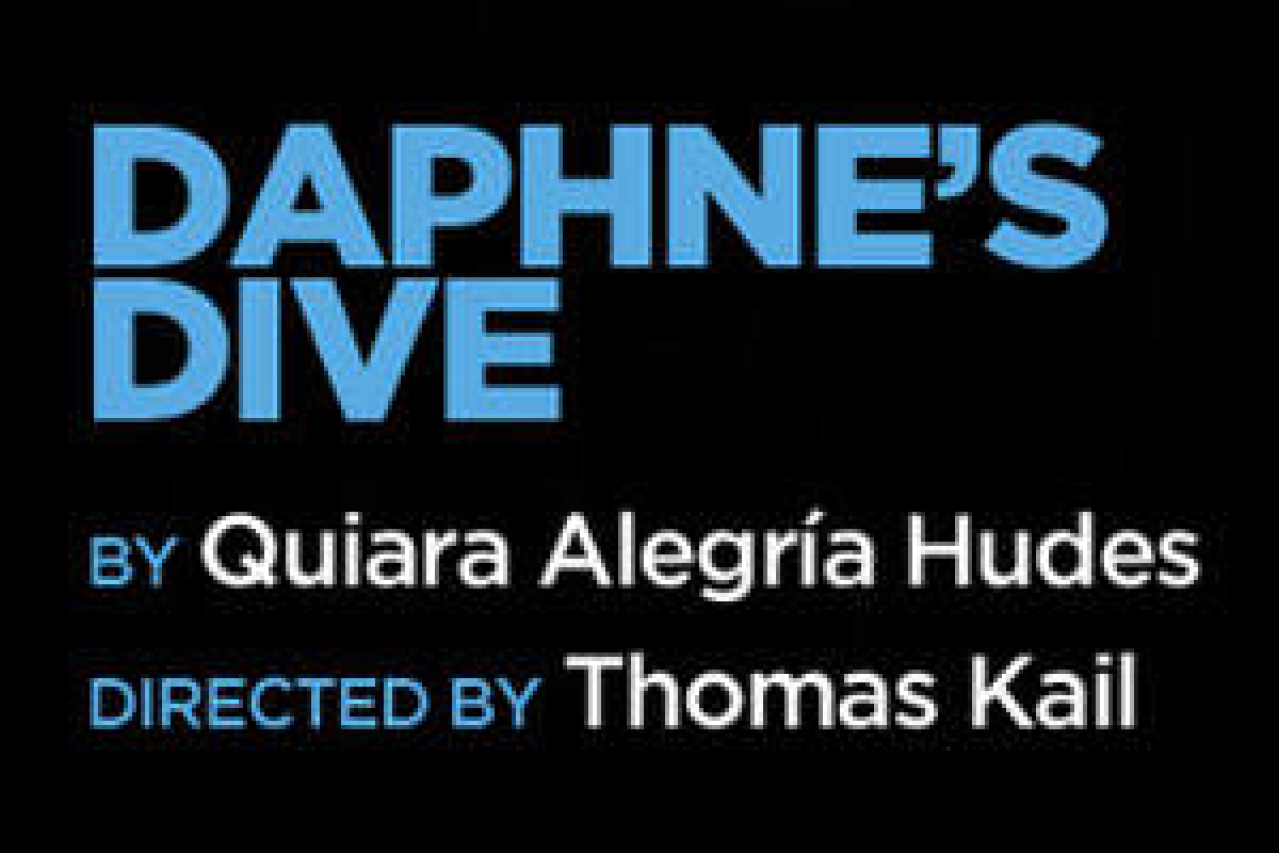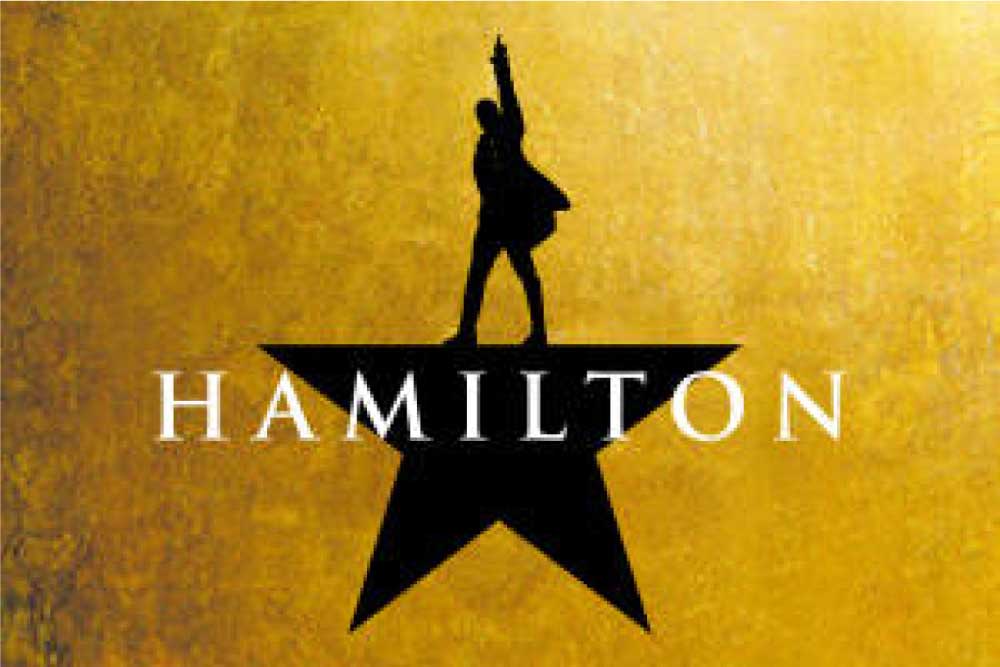Director Thomas Kail Keeps Busy Off-Broadway as Hamilton Takes Over the World
You'd think that director Thomas Kail would need a vacation after opening the mega-hit Hamilton on Broadway and staging a live television broadcast of Grease that was viewed by nearly 15 million people. But Kail is a theatrical superman, deservedly in demand and jumping headfirst back into the world of off-Broadway, developing some unique staging along the way.
On March 22, Kail returned to the Public Theater (where Hamilton premiered off-Broadway) to open Dry Powder, an intelligent and ambitious world-premiere drama from Sarah Burgess about the price of success in the world of high finance. This production, which runs through May 1, features a starry cast headed by John Krasinski and Claire Danes.
Currently Kail can be found over at the Linney Theatre at the Pershing Square Signature Center, where he reunites with his In the Heights book writer Quiara Alegría Hudes to direct Daphne’s Dive. The new play, featuring Daphne Rubin-Vega and Orange Is the New Black's Samira Wiley, will begin previews on April 26.
Both productions are a chance for Kail to refocus his vision, keep his "head down," and do work that's important to him as Hamilton continues to become a worldwide sensation.
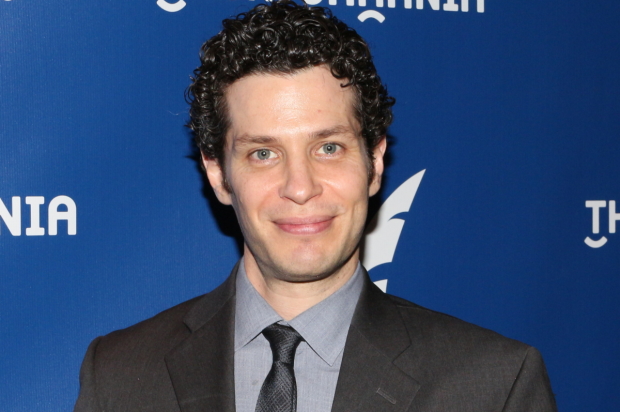
(© David Gordon)
What was it about Dry Powder that interested you as a director?
I was really fascinated by the idea of jumping into a world that I didn't know much about. Fundamentally, one of the things I tend to migrate toward when I'm working is a story about people whose stories aren't told in theater. Sarah's voice was sharp and focused, and the writing was so strong and deft. I responded to the fact that each [character] had a very strong point of view that had real foundation under it. To me, that's where good drama comes from. That's where good comedy comes from.
How did you decide to stage it in the round?
We conceived of this very early on, before we were even cast. I'm interested in immediacy. I wanted to create this arena, to have this cauldron be one that's having heat applied from everywhere. The nature of the design Rachel [Hauck] and I came up with is really stripping it down, focusing on the story and these actors. I remember sitting and talking to John [Krasinski] saying, "By the way, we're doing this in the round."
And he and Claire Danes and Hank Azaria jumped right in?
They all rolled up their sleeves and went to work. They were all so rigorous in their pursuit of the play. It immediately galvanized the group. Because you're being examined from all angles when you're working in the round, it forces the actor to rely on the other actor in a very significant way. There's nowhere to be that's safe except in your scene. When I was doing Lombardi, which was also in the round, Dan Lauria had a great quote: "The safest place you can be when you're working in the round is your scene-partner's eye." You really have to lock in. That also serves as a catalyst to bond a group.
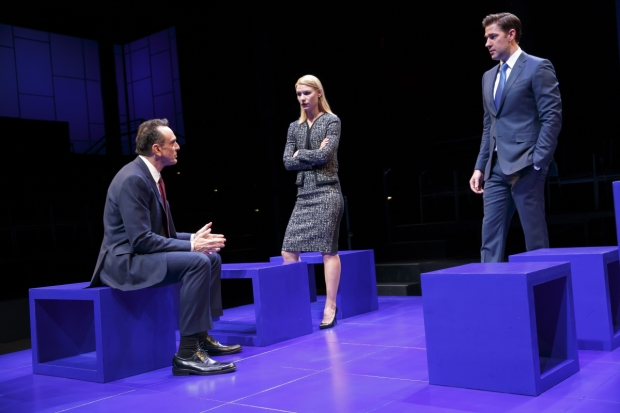
(© Joan Marcus)
Is there a difference in your directorial methodology when you're working with a "celebrity" like John Krasinski or a "theater person" like one of the Hamilton cast members?
Not at all. My job is the same if I'm making a new musical or making a play for sixty-five people or doing a live television broadcast. The job is to take care of the actor, the job is to create an environment where they can excel, and try to access all their attributes. In this particular group, everybody had a fair amount of stage experience. John studied playwriting in college, and his career had taken him in the direction it had taken him. It's a testament to his bravery that he said, "Yeah, I'll step back onstage and do this thorny, complicated play in the round as my New York stage debut." But that's the kind of actor you want. Whether they've done a hundred shows or one show, you want the person who's willing to just jump in, and everybody was interested in that.
Fundamentally, what you're trying to do when you're directing is get a group of people who most likely have never met, unify them, and make sure that we're all clear on what we're marching towards.
How is it going over at Daphne's Dive?
We just finished our first week of rehearsal. It's an excellent group and a really beautiful play. It's so nice being back in the room with Quiara. If you know her work, it's full Hudes. Her voice is so clear and true, no matter what she writes, and she writes with such affection and such care for the people that she puts onstage. It takes place in North Philadelphia in a bar, over a period of time from the nineties on.
This bar is a building you would probably just drive by, so we ripped the walls off and we peer in. We're doing this alley style, so I have an audience on two sides. That kind of proximity was going to be our friend, to put the audience right in there. When you put the show in the middle, it means the furthest audience member is two times as close as they would be if it were a traditional proscenium. It creates a nice dynamic and envelope around the set.
And Hamilton has become part of the cultural zeitgeist. Have you had the chance to step back and have a "holy cow" moment?
You know, mostly you keep your head down, because there's always something to do. We're still, in so many ways, in the early chapters of the show, even though it's been five years of our life. The beauty of making theater is that you have to go and do it the next day. Making a show nightly is a really difficult skill. It's something every theater actor and every theater maker is challenged with. As Lin and I say, it's like running a restaurant. You have to make the meal every time. We know we have the right people, we know we have the right ingredients, we're in the right place, and we owe it to everybody to try and serve it up to them in a way that they deserve and that can be fulfilling. What's really wonderful about this [is that] it's still going. You're still at the theater watching the show and having new people join the company. The work keeps us focused on what's important: the work.
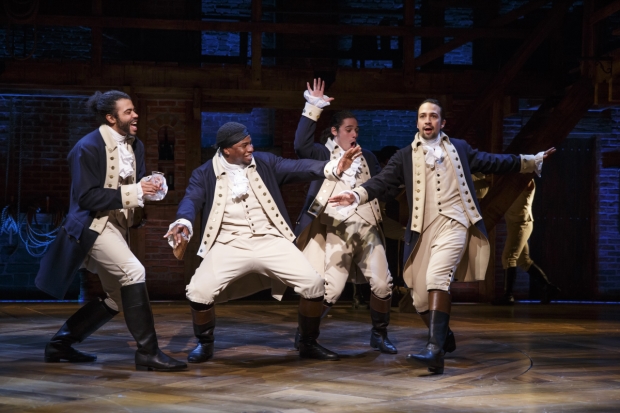
(© Joan Marcus)



